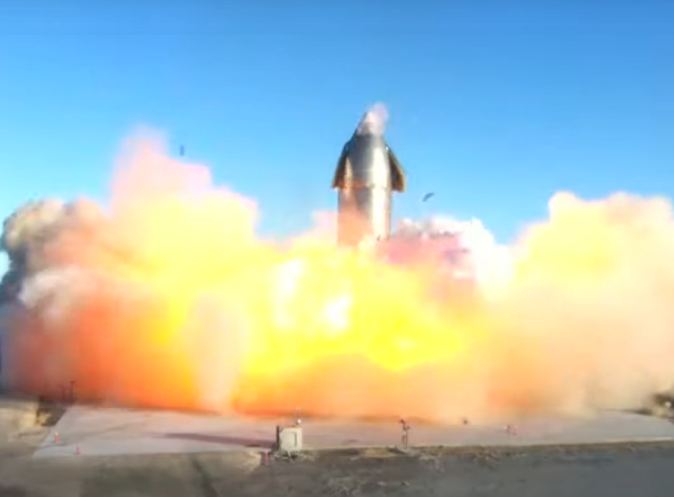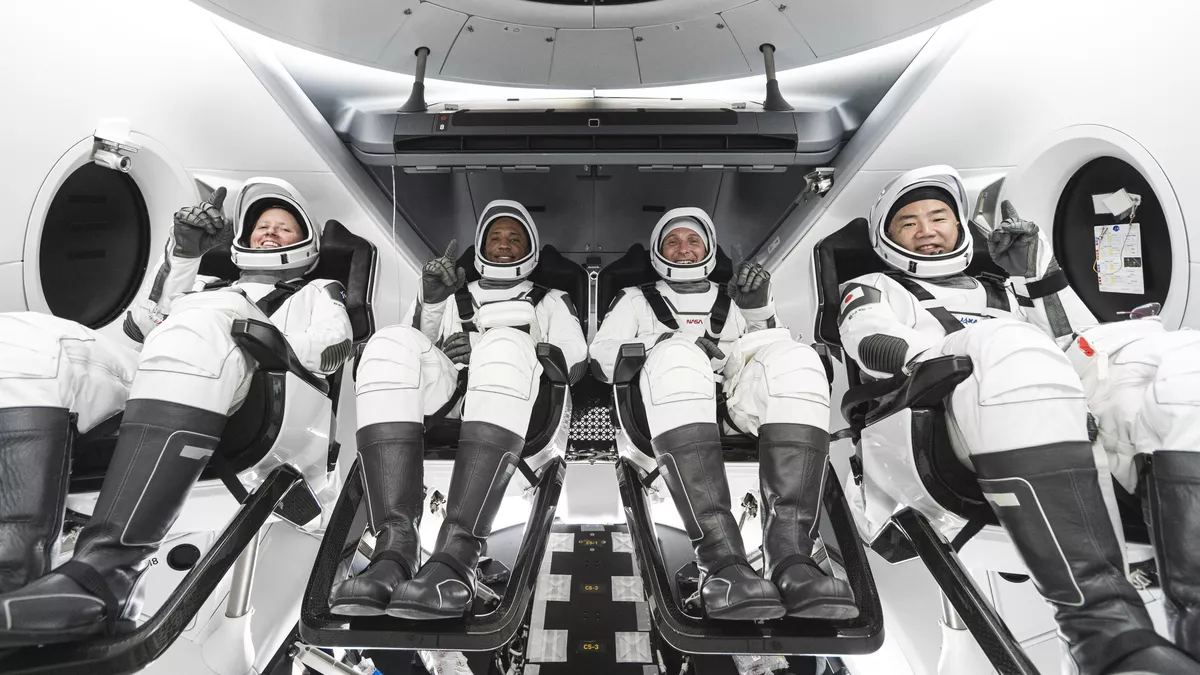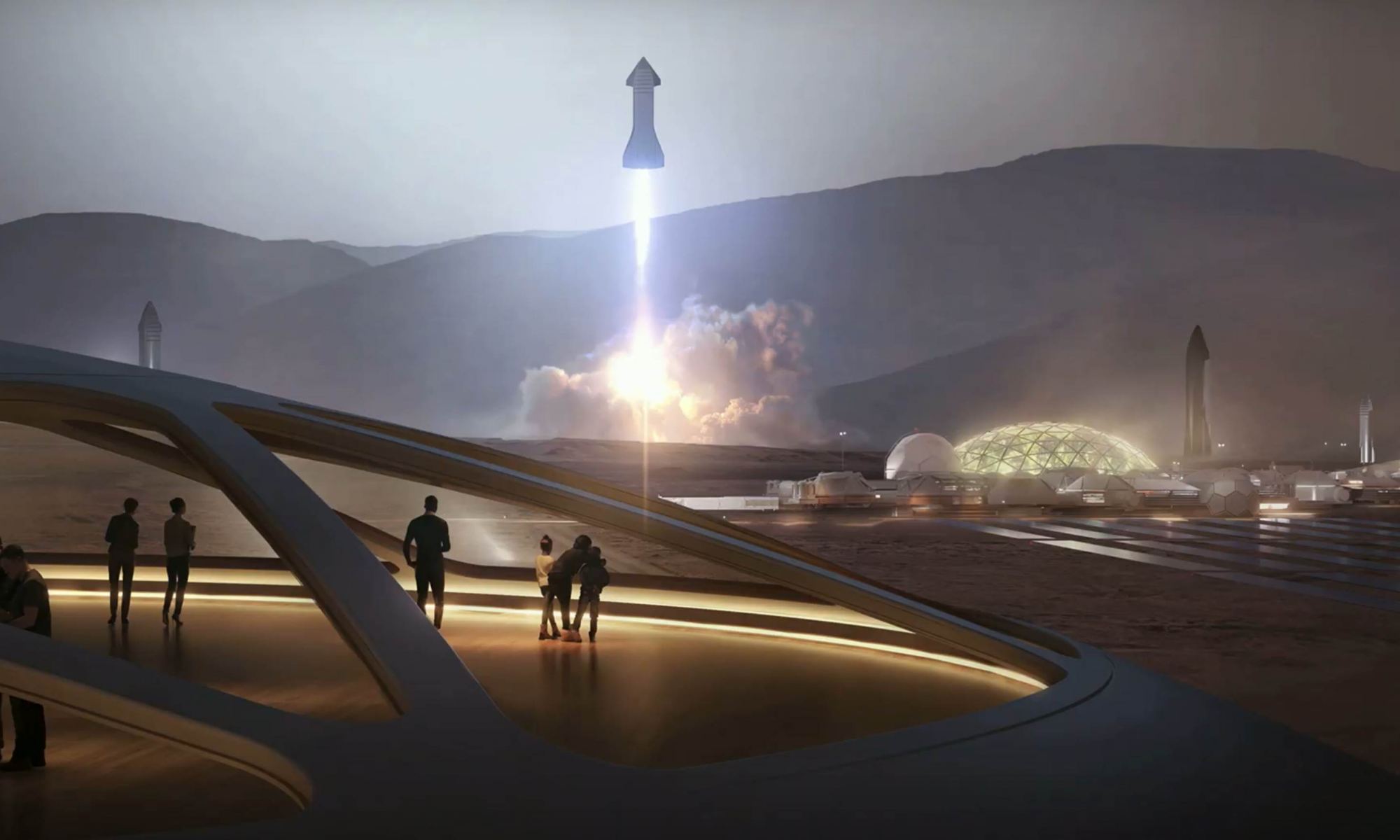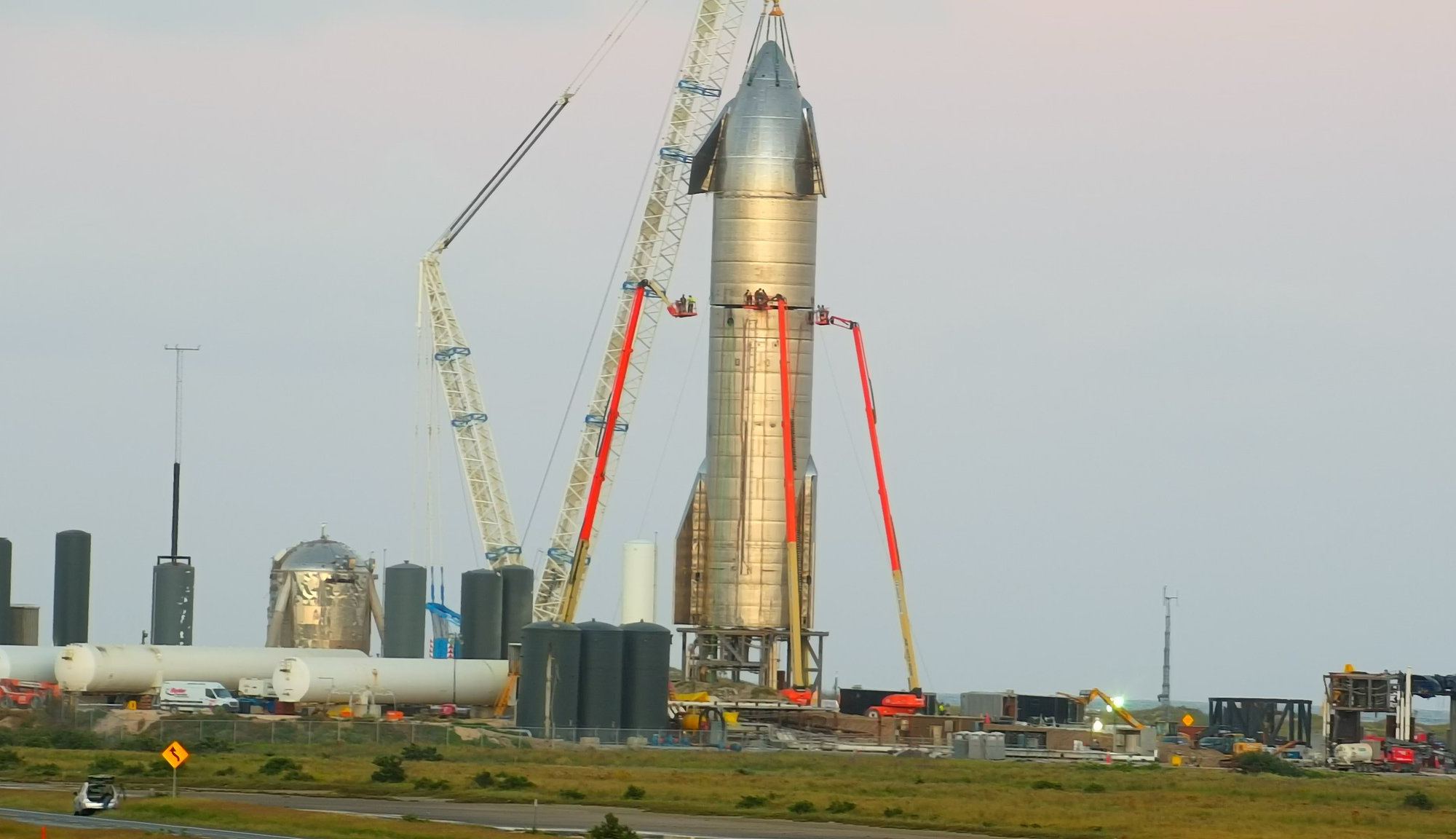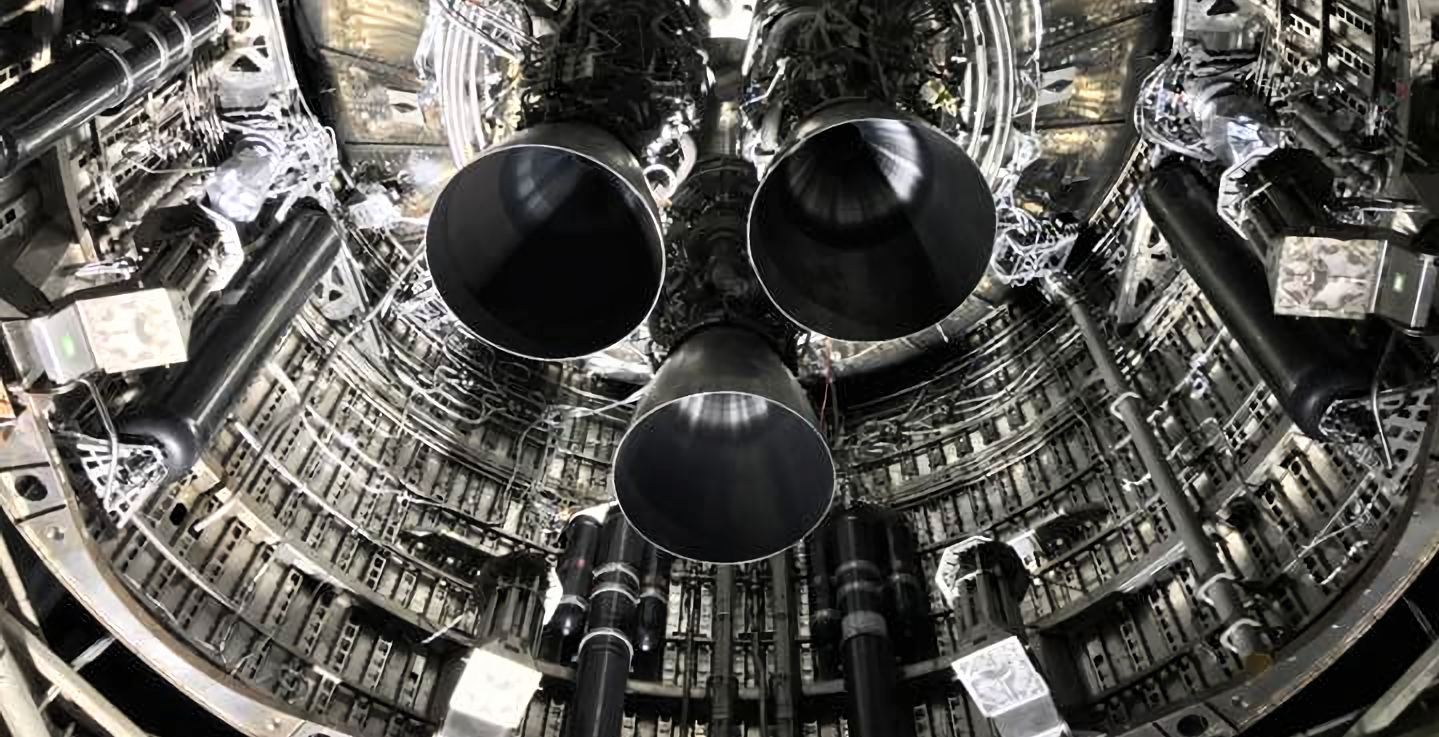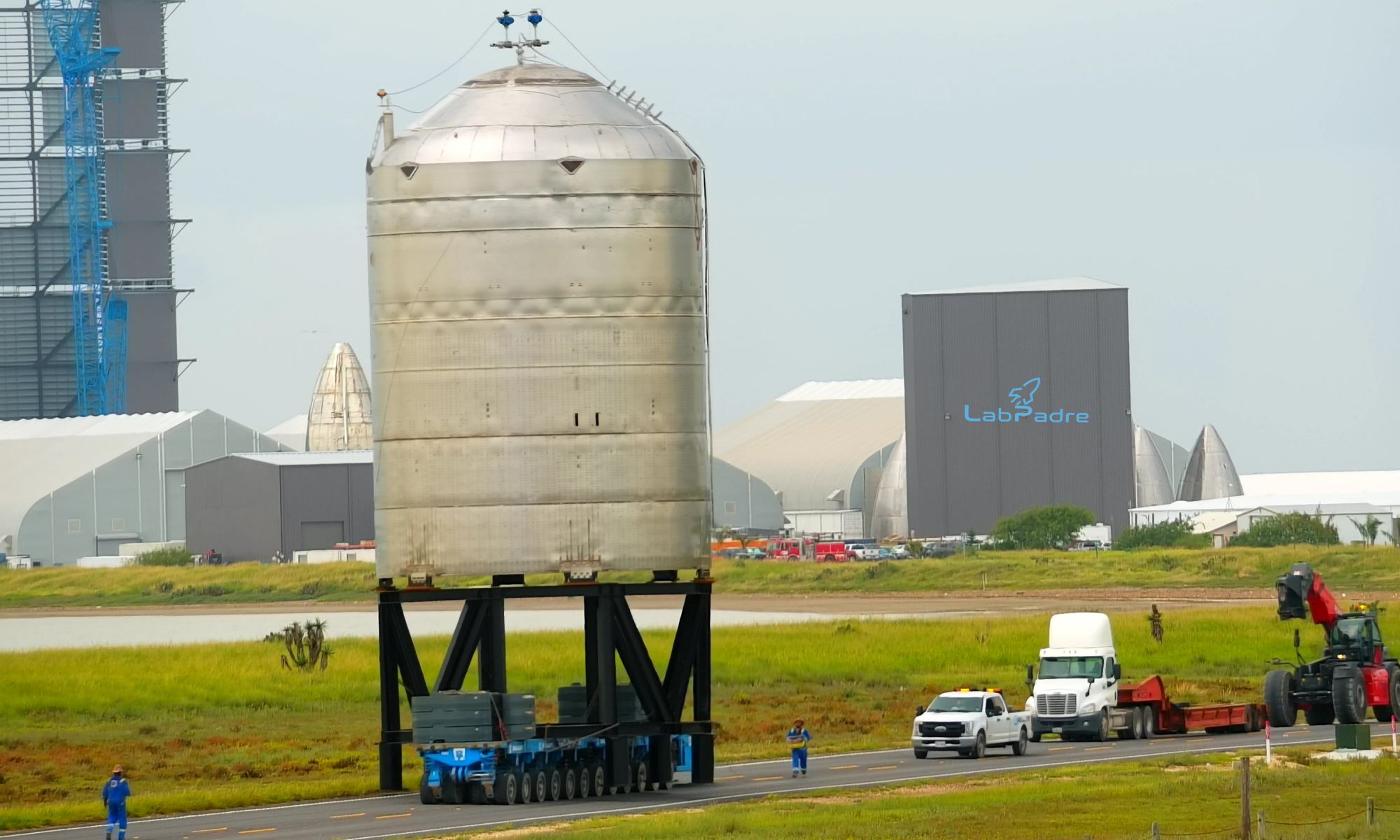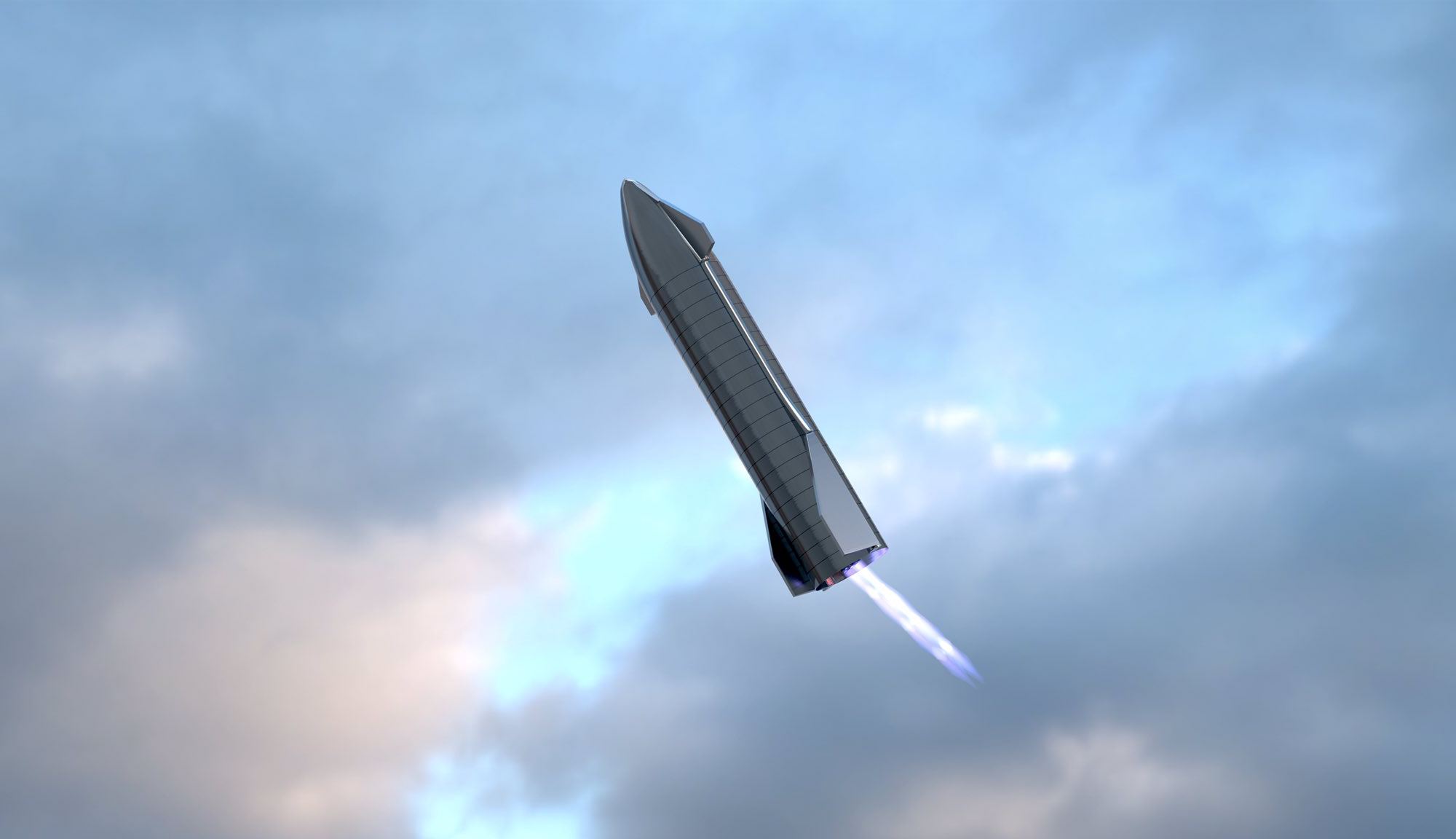At long last, SpaceX has conducted the first high-altitude test flight with its prototype Starship vehicle! During the launch, the eighth iteration of their spacecraft (SN8) flew to an altitude of 12.5 km (~7.8 mi; 41,000 ft) and conducted some fancy maneuvers before returning to its landing pad. Unfortunately, the landing was a bit hot and the SN8 exploded as soon as it touched down.
Despite failing to make it home in one piece (technically it did, but then exploded), the SN8 validated the Starship design for high-altitude flight, a major stepping stone towards spaceflight. What’s more, the data they gathered from this test and the failed landing is already being used to prepare for the next flight. So really, this test was a very important milestone on the road to conducting regular flights to the Moon and Mars.
Continue reading “SpaceX’s SN8 Starship Soars and Belly-Flops, but Fails to Stick the Landing. Oh Well, Bring on the SN9!”
